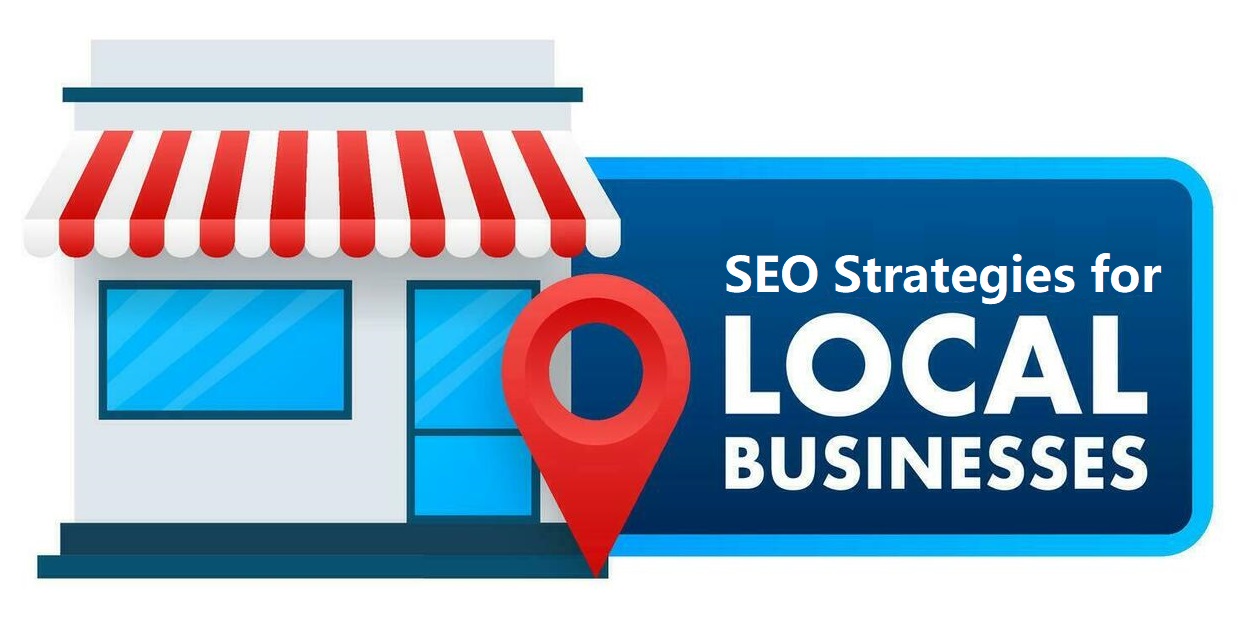
Managing SEO for a business with multiple locations can be challenging, but a well-crafted strategy can help you dominate local search results across all your locations. This guide will outline the key strategies and actionable tips for optimizing your multi-location business for local SEO success.
Why Local SEO Matters for Multi-Location Businesses
Local SEO ensures your business is visible to potential customers searching for your services or products in specific areas. For businesses with multiple locations, effective local SEO helps:
- Increase visibility in local search results for each location.
- Drive foot traffic to brick-and-mortar stores.
- Improve brand recognition and trust in local communities.
Key Local SEO Strategies for Multi-Location Businesses
1. Create a Dedicated Page for Each Location
To optimize for local search, each business location should have its own landing page.
Best Practices:
- Include location-specific keywords in the title tag, meta description, and URL (e.g.,
/location/city-name). - Add essential details like address, phone number, operating hours, and services offered.
- Embed a Google Map with the store’s location.
- Incorporate unique, localized content (e.g., customer testimonials or events specific to the area).
2. Optimize Your Google My Business Listings
A verified and optimized Google My Business (GMB) listing is crucial for local SEO.
Steps to Optimize:
- Create a separate GMB profile for each location.
- Use consistent business names, addresses, and phone numbers (NAP) across all listings.
- Choose the most relevant categories for your business.
- Upload high-quality photos of each location.
- Encourage customers to leave reviews and respond to them promptly.
3. Maintain NAP Consistency Across the Web
NAP consistency is vital for building trust with search engines and customers.
How to Ensure Consistency:
- Use the same format for your name, address, and phone number across all online platforms, including your website, social media, and online directories.
- Regularly audit local listings and citations to ensure accuracy.
- Use tools like Moz Local or BrightLocal to manage your citations.
4. Leverage Local Keywords for Each Location
Keyword research is a cornerstone of local SEO.
Tips for Local Keyword Research:
- Identify location-specific keywords, such as “best [service/product] in [city/neighborhood].”
- Use tools like Google Keyword Planner or Ahrefs to discover high-intent local keywords.
- Incorporate these keywords into meta tags, headers, and content for each location.
5. Build High-Quality Local Backlinks
Backlinks from authoritative local sources can boost your search rankings.
How to Build Local Backlinks:
- Partner with local bloggers and influencers.
- Sponsor local events, charities, or organizations.
- Get featured in local news outlets or online publications.
- Submit your business to relevant local directories.
6. Use Structured Data Markup (Schema)
Structured data markup helps search engines understand your content and display rich snippets in search results.
How to Use Schema for Multi-Locations:
- Add LocalBusiness Schema for each location page.
- Include details like business name, address, phone number, and operating hours.
- Use Google’s Structured Data Testing Tool to validate your markup.
7. Create Localized Content
Content tailored to each location builds relevance and authority.
Ideas for Localized Content:
- Blog posts highlighting local events, news, or customer stories.
- Location-specific FAQs addressing local customer needs.
- Guides, tips, or how-tos tailored to the community.
8. Monitor and Respond to Reviews
Online reviews significantly influence local search rankings and customer trust.
Best Practices for Reviews:
- Encourage satisfied customers to leave reviews on Google, Yelp, or other platforms.
- Respond to reviews—positive and negative—professionally and promptly.
- Use customer feedback to improve your services and build stronger community relationships.
9. Optimize for Mobile Users
Most local searches are performed on mobile devices, making mobile optimization critical.
How to Optimize for Mobile:
- Ensure your website is responsive and loads quickly on mobile devices.
- Use clear CTAs like “Call Now” or “Get Directions.”
- Simplify navigation to help users find information quickly.
10. Track and Measure Performance
Monitor your local SEO efforts to identify what works and where improvements are needed.
Tools to Use:
- Google Analytics: Track traffic and conversions for each location page.
- Google Search Console: Monitor keyword performance and indexation issues.
- Local SEO Tools: Platforms like SEMrush and BrightLocal offer insights into rankings, reviews, and competitor performance.
Conclusion
A strong local SEO strategy for multi-location businesses requires a tailored approach for each location while maintaining consistency and quality across the board. By implementing these strategies, you can improve visibility, attract more customers, and solidify your presence in local markets.
Need help managing local SEO for your multi-location business? Contact us for expert guidance and customized solutions!




